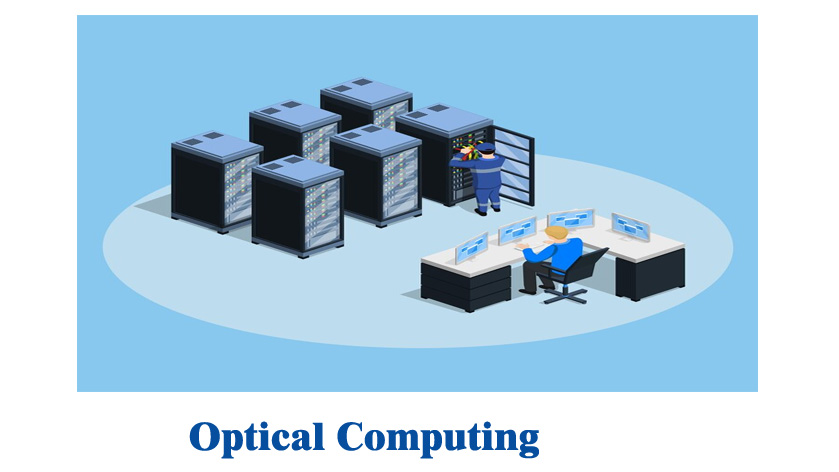Optical computing is a computational paradigm that uses photons produced by laser for digital computation. Photons have a higher bandwidth than electrons in conventional computer systems. Optical computers will give a higher performance with the help of photons, and they are faster than electronic ones.
Two factors will help in providing the speed of optical computing. The first factor is how fast the information can be transferred, and the second factor is how fast that information can be processed. This is called data computation. In optical computing, photons use wave propagation and the pattern that is the interface of waves to determine outputs.
This process will help in instantaneous computation without inducing latency. The propagation of data and processing of it will go hand in hand. So, continuing the data movement and flow for its processing is okay. The use of this because of its speed would transform the computer industry.
Advantages of Optical Computing
- Optical computing has a shallow heating system.
- It will be able to work on complex computations very easily and quickly.
- This computing is free from electrical short circuits. It is considered one of the safer options.
- They can be scaled to large networks effectively. It also has a high computation speed.
Conclusion
In conclusion, optical computing is a building block of any equivalent optical transistor made of materials with non-linear refractive indices. Since photons are used in this computing, They require much less energy to get excited, providing a high computation speed. Apart from this, it operates in a parallel way that will help to tackle complex tasks only with the help of light reflection and increased bandwidth. Finally, when discussing security in this computing processing data, its motion is prolonged, so the exposing of data is less. It means that it has high-security levels.

